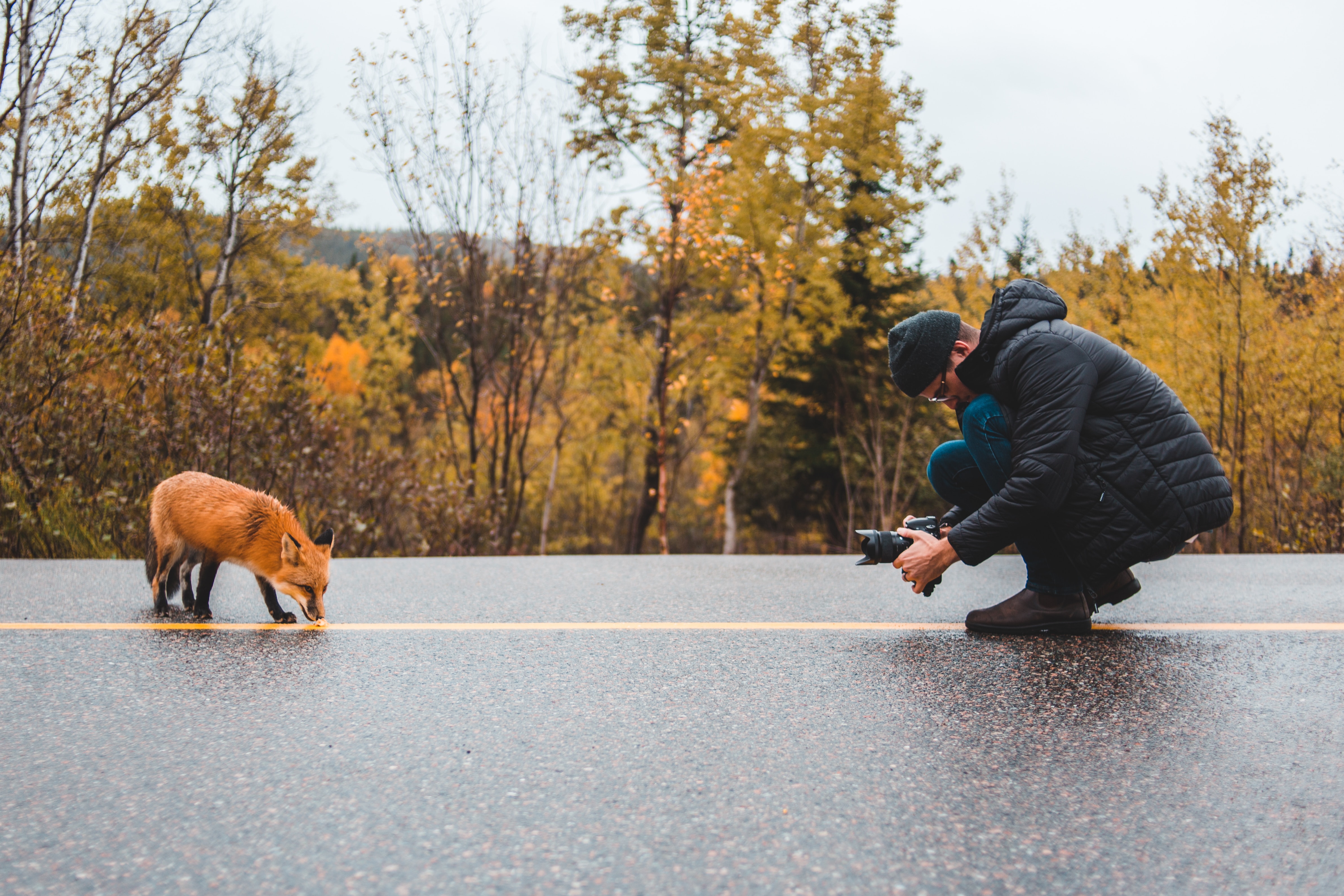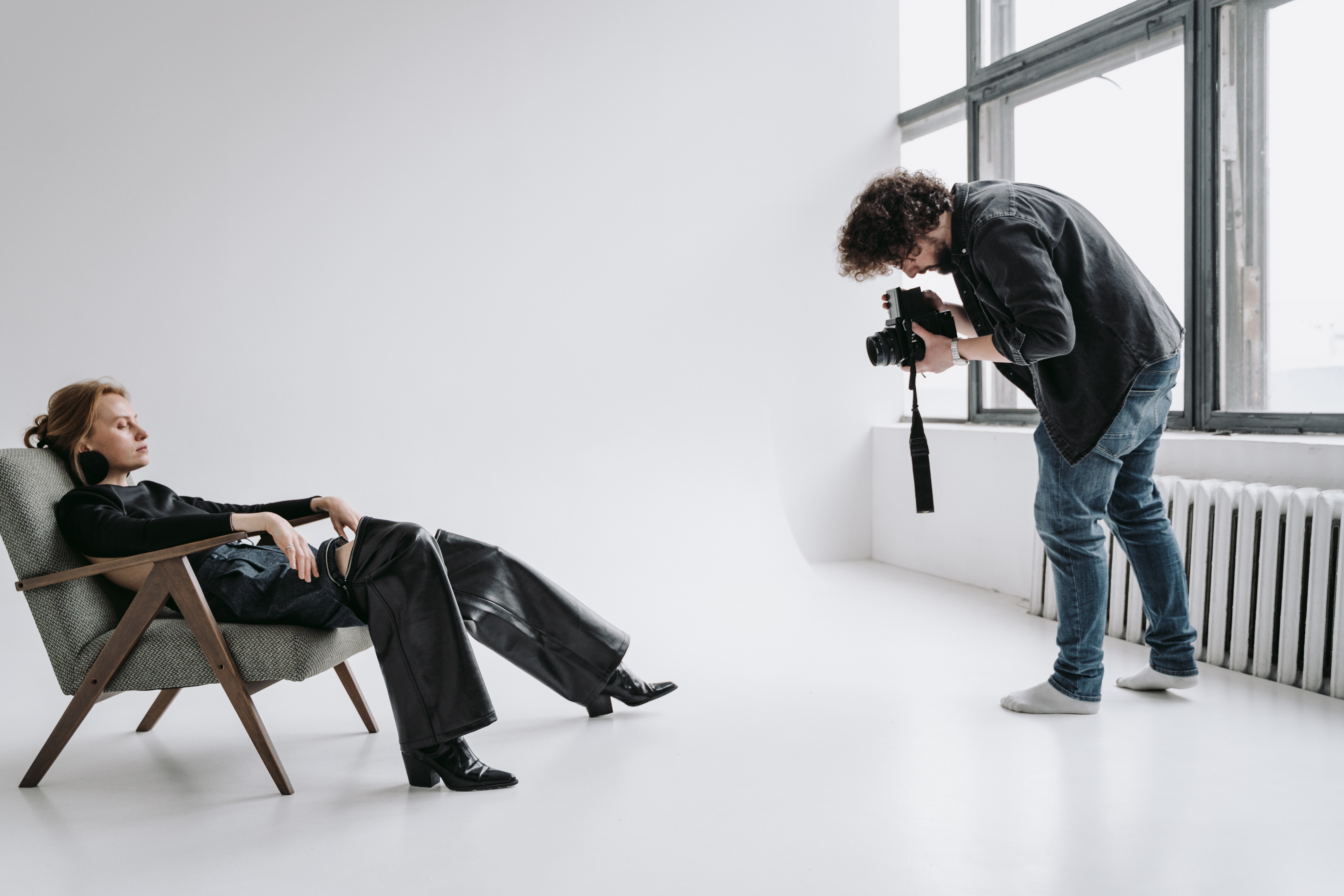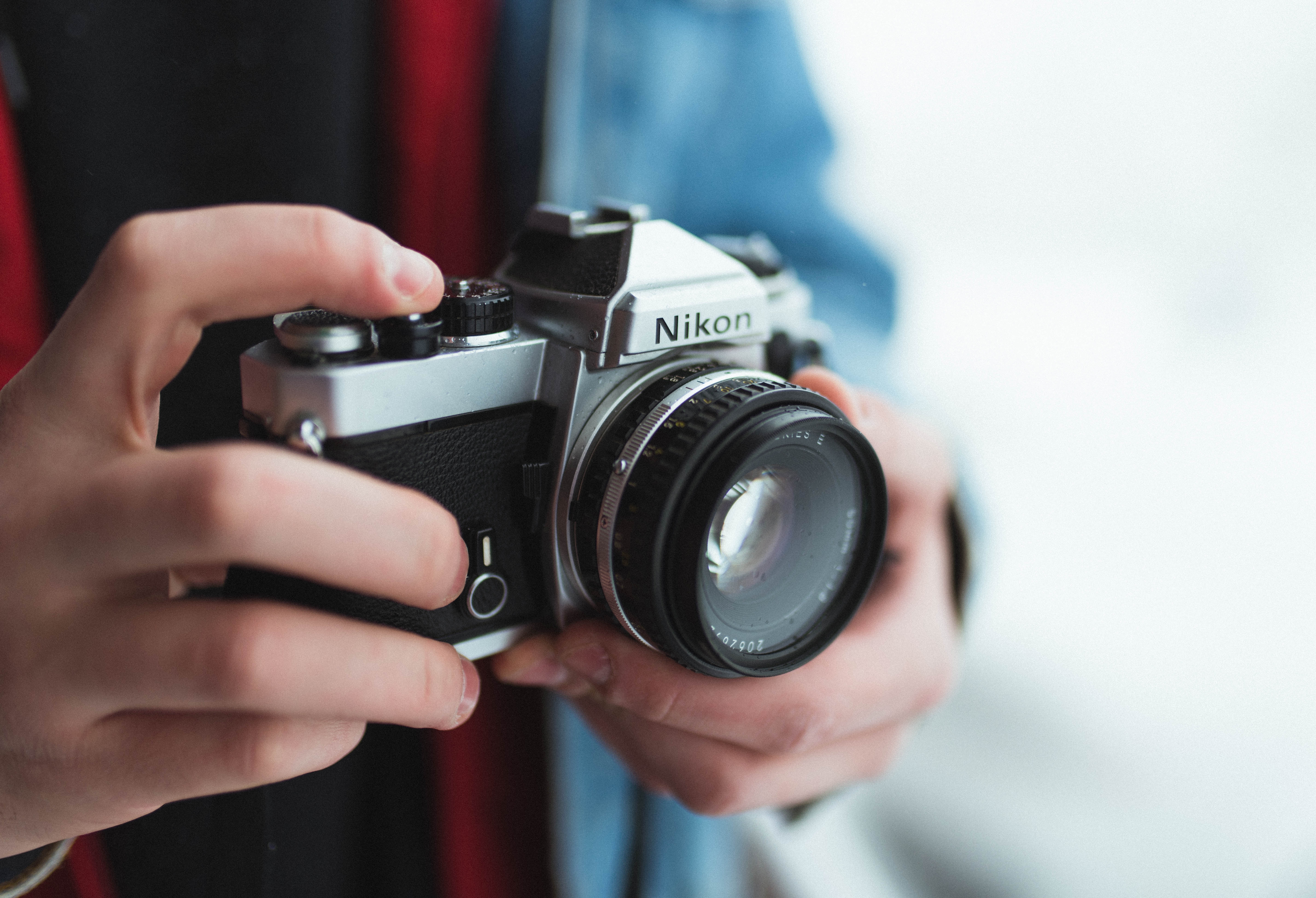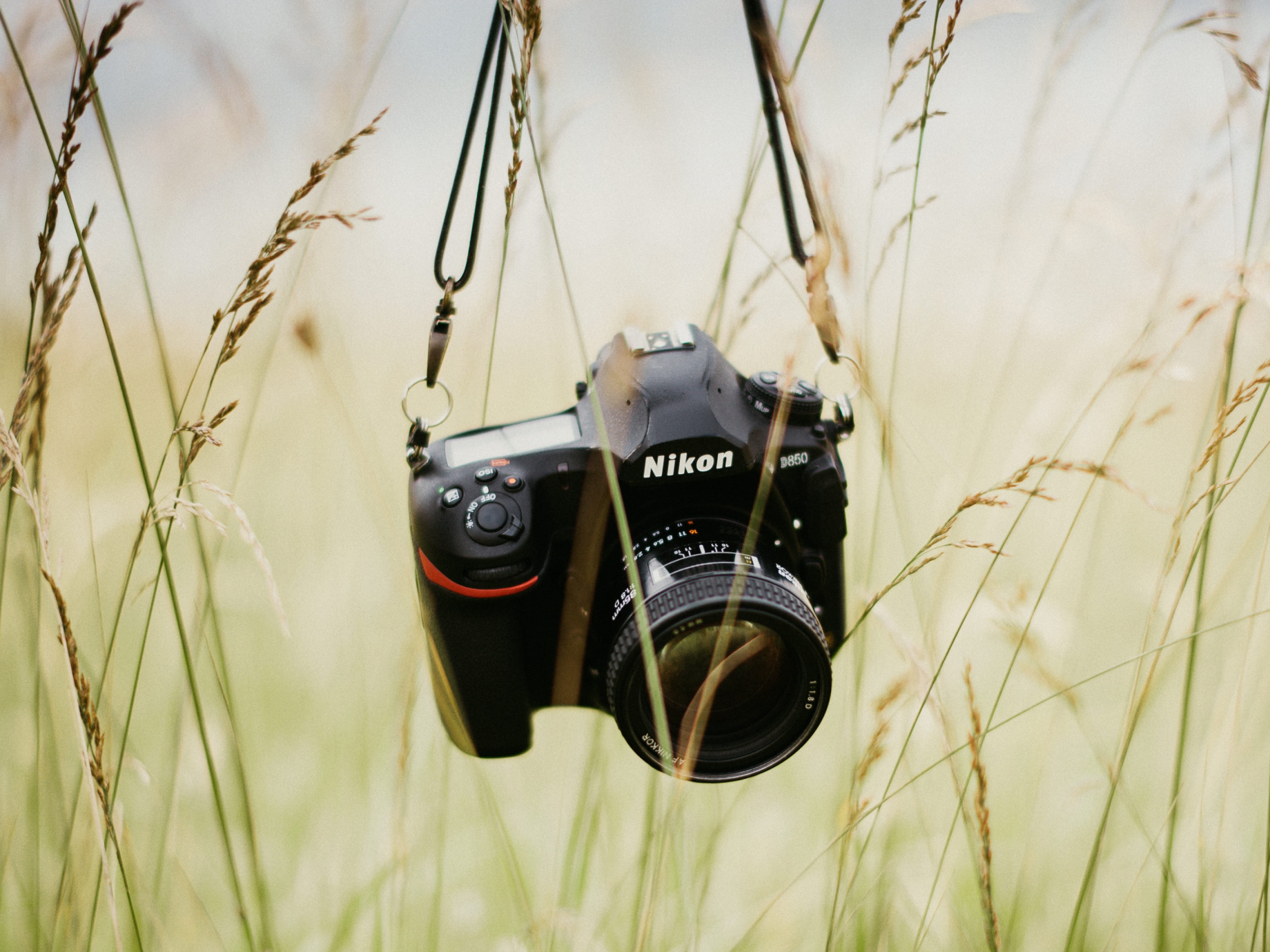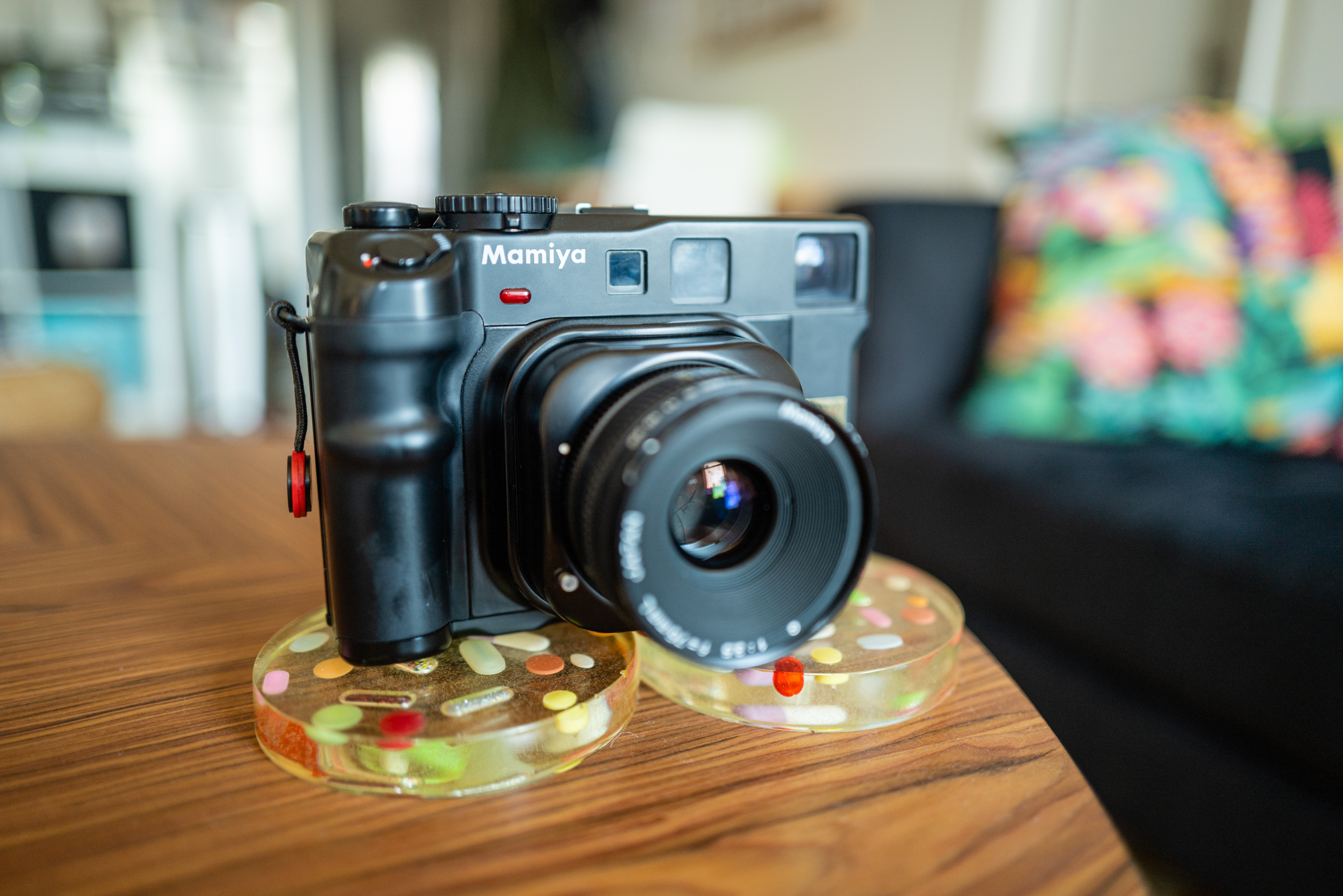
If you’re looking to get into a medium format film system, there’s a pretty good chance you’ve come across the Mamiya brand name.
Sure, the Japanese company has its history with 35mm as well, but it made its name on pro-level medium format cameras and lenses. Mamiya has been used the world over by portrait and wedding photographers, as well as documentarians, landscape enthusiasts, and photojournalists.
The high-quality construction and photographer-friendly features have kept Mamiya on top of its game for decades. That tradition of excellence lives on through Phase One, which bought a majority stake in Mamiya and merged the two brands about a decade ago, ushering the shift from film to digital medium format.
As great as Phase One is at making digital products, to us, the Mamiya brand will always be synonymous with medium format film photography.
Being that Mamiya served a wide variety of photographers with different needs, there are a number of distinct systems available for those who want to shoot medium format film.
Mostly, the differences can be broken down by which features, aspect ratio, and form factors are important to you. Let’s go through your options.
Mamiya 6×4.5

For those that want to squeeze out the most shots out of every roll of 120 film, Mamiya has a few options for 6×4.5. You’ll get 15-16 shots per roll of 120 film with these systems.
The M645, released in 1975, was in production for more than a decade. It’s an interchangeable-lens, manual focus and manual exposure system. It uses removable film backs, however, they cannot be changed mid-roll, as there is no dark slide.
There are options, however, for switching out the M645’s non-metered waist-level finder to three different TTL metered prism finders. That makes this camera more versatile, and able to suit specific shooting needs.
The M645 was followed by the M645 1000S in 1976, which increased the maximum shutter speed to 1/1000s and added a few features like a self-timer and depth-of-field preview.
The M645J, which came out in 1979, was a stripped down version of the M645, lacking the second shutter button and mirror lock-up.

The second generation of 645 Mamiya cameras came in 1985 with the 645 Super, a lighter system which featured a molded plastic shell instead of the all-metal construction of the previous generation. This made the bodies a lot lighter, but it sacrificed some durability.
With this generation, Mamiya took modularity to the next level, offering options for different viewfinders, backs, focusing screens and automatic winders. This made them ideal for photographers who wanted to customize their kit to their specifics, and still have a portable and powerful setup.
The 645 Pro followed in 1992, with the distinction of having an electronic shutter instead of the Super’s mechanical shutter. This is a slight disadvantage, as you won’t be able to shoot the camera at all shutter speeds if the battery runs out. The 645 Pro TL was released in 1998, adding through-the-lens, off-the-film metering for flash. There was even a small production run in different colors, if black isn’t your thing.
The 645E came out in 2000—a simplified system, with less modularity options and more fixed components.

In 1999, Mamiya introduced the first autofocus SLR, the 645AF. The grips and viewfinders were no longer switchable on these, but it kept the same lens mount, making older lenses compatible. The new autofocus lenses lost the aperture ring, as exposure could be controlled using dials on the body.
There were several updates on this series through the last two decades, starting in 2001 with the 645AFD, which added compatibility with digital backs. The 645AFD II offered incremental improvements in 2005. By 2008, Phase One came into the picture, and the 645AFD III was the last camera to wear the Mamiya branding. The Mamiya/Phase One DF and DF+ followed in 2009 and 2013 respectively, only supporting the digital backs and ending the medium format film legacy.
Mamiya 6×6

If you’re into the classic 1:1 square aspect ratio, there a few options in the Mamiya universe, and the form factor varies quite a bit. You’ll get about 12 shots per 120 roll with these cameras.
Let’s start by looking way back. There were several models of Mamiyaflex twin-lens reflex 6×6 cameras in the 1950s, but the company had a major hit with the arrival of the C2 Professional in 1958, and its successor, the C3 Professional in 1962. These were interchangeable lens TLRs, which made them more versatile than contemporary competitors, Rollei and Yashica, which had fixed lenses.
Later, Mamiya introduced the C22 and C33 series of cameras—the latter aimed at professionals, and the former, a lighter-on-features version aimed at prosumers.
The two lines evolved into the C220 and the C330 by the late sixties, and the C220f and C330f by the seventies and eighties. The last model release in the C line of TLRs was the C330s in 1983. Differences between all these models are minimal, they mostly differ in types of winder and shutter cocking mechanisms, and all have their own quirks.
The C330s is the most refined out of the bunch, but you shouldn’t let previous models scare you off, as, again, the differences are minute. The early models tend to be heavier, and that could be an important factor if you’re going to be taking these out of the studio and into your camera bag.
C-series Mamiya cameras are all manual focus and manual exposure, and require an external light meter, although some later models have options for updating the viewfinder to have a built-in meter.
These cameras are ideal for portrait and wedding photographers who mostly specialize in photographing people. Since these TLRs all have waist-level viewfinders, they’re perfect for shooting shy subjects who won’t feel as intimidated by a photographer’s gaze—looking down at the camera instead of directly ahead goes a long way at making subjects more comfortable.
We recently gave film shooter Corey Wolfenbarger a Mamiya C330s to test, and he made this video with it:
If the TLR is not your preferred style, the Mamiya 6, introduced in 1989, also shoots in the 6×6 square ratio, but in the form factor of a coupled rangefinder.

You don’t see through the lens in the Mamiya 6’s viewfinder. Instead, you look through a window which shows you lines to frame up your shot, and a focusing patch to line up with what you want in focus.
Like the C-series, the Mamiya 6 is also an interchangeable-lens system with some top-notch glass available, although it’s limited to just three lenses. Focus is still manual, but there are aperture priority automatic exposure options and an internal meter in the camera.
Additionally, the camera employs a convenient folding down mechanism, which makes it compact and highly portable. For this reason, it is favored by travel and landscape photographers. The construction is solid and durable, and it’s a good looking camera.
The Mamiya 6 MF, released in 1993, can also be adapted to shoot 6×4.5, although you’ll still get the same number of shots per roll of film. The Mamiya 7 and the Mamiya7 II have the same body as the 6, but shoot in 6×7 aspect ratio and have a few more lenses available
Mamiya 6×7

At 6×7, you can squeeze out 10 shots per roll of 120 film. You’ll have a bigger negative to work with, so it may be advantageous if you want a finer grain structure and more resolution out of your shots. Aside from the aforementioned Mamiya 7 and Mamiya 7 II rangefinders, there are some excellent single-lens-reflex Mamiya systems available for 6×7.
Released in 1970, the RB67 Professional is a classic Mamiya medium format SLR. The camera is all mechanical and all manual, making it simpler to maintain as there are no electronics. The RB stands for “rotating back” which refers to the 90-degree twist you can give the film back, allowing you to shoot in both landscape and portrait orientations without tilting the camera.
RB lenses have a built-in Seiko leaf shutter, meaning you can sync flash at any shutter speed with this system—a portrait and wedding photographer’s dream.
The RB67 Pro-S followed in 1974, and stayed in production for over 15 years, making it perhaps the most common model on the market. It featured several minor improvements over the original, making it even more user-friendly and versatile.
In 1990, the RB67 Pro-SD was released. This model made it possible to shoot with 6×8 backs and L-series lenses, which had better coatings, but a slightly larger mount, making them incompatible with previous RB67 camera bodies.

Mamiya wasn’t content to just offer the RB series of 6×7 cameras. In 1982, they released the RZ67 Professional, a top-of-the-line SRL designed for studio portraiture use, as well as by architectural and commercial photographers. This system was also modular, allowing for maximum customization through dozens of accessories, and alteration to fit different needs.
There’s a wide variety of RZ lenses available for the system, plus you can also use RB lenses on it, with limited functionality.
The increased size and weight of the RZ67 calls for use on a tripod, although it’s certainly possible to hand hold as well. Equipped with lens, back and accessories, these can easily weigh 6 to 10 pounds, so it’s a bit of a workout to lug around in the field.
The original was followed by the RZ 67 Pro-II in 1993, which made some improvements to the electronics and added a fine-tune knob for focusing. The RX67 Pro-IID, the final version of this series, came out in 2004. This model allows for use with digital backs, on top of the standard film backs.
Mamiya 6×9

I’d be remiss if I didn’t mention the originally preferred Mamiya format—6×9. When shooting 6×9, you’ll get 8 shots per roll of 120 film. The Mamiya Press, released in 1960, was designed for photojournalism, as you might’ve guessed. It was modular by design and offered lots of accessories, including different grips and backs for all types of film formats.
Several models were released through the sixties—the Mamiya Press G, the Press S, the 23 Standard, Super 23, and finally, the Mamiya Press Universal in 1969. Differences between models were minor until the Super 23, which was the first major redesign improving several aspects, including a brighter viewfinder with more framelines.
That does it for this quick look into Mamiya’s medium format systems. If you need any additional assistance in finding the right setup for you, don’t hesitate to call our Camera Experts at 1-800-DIALKEH—they’ll hook you up with something perfect for your needs and budget.

